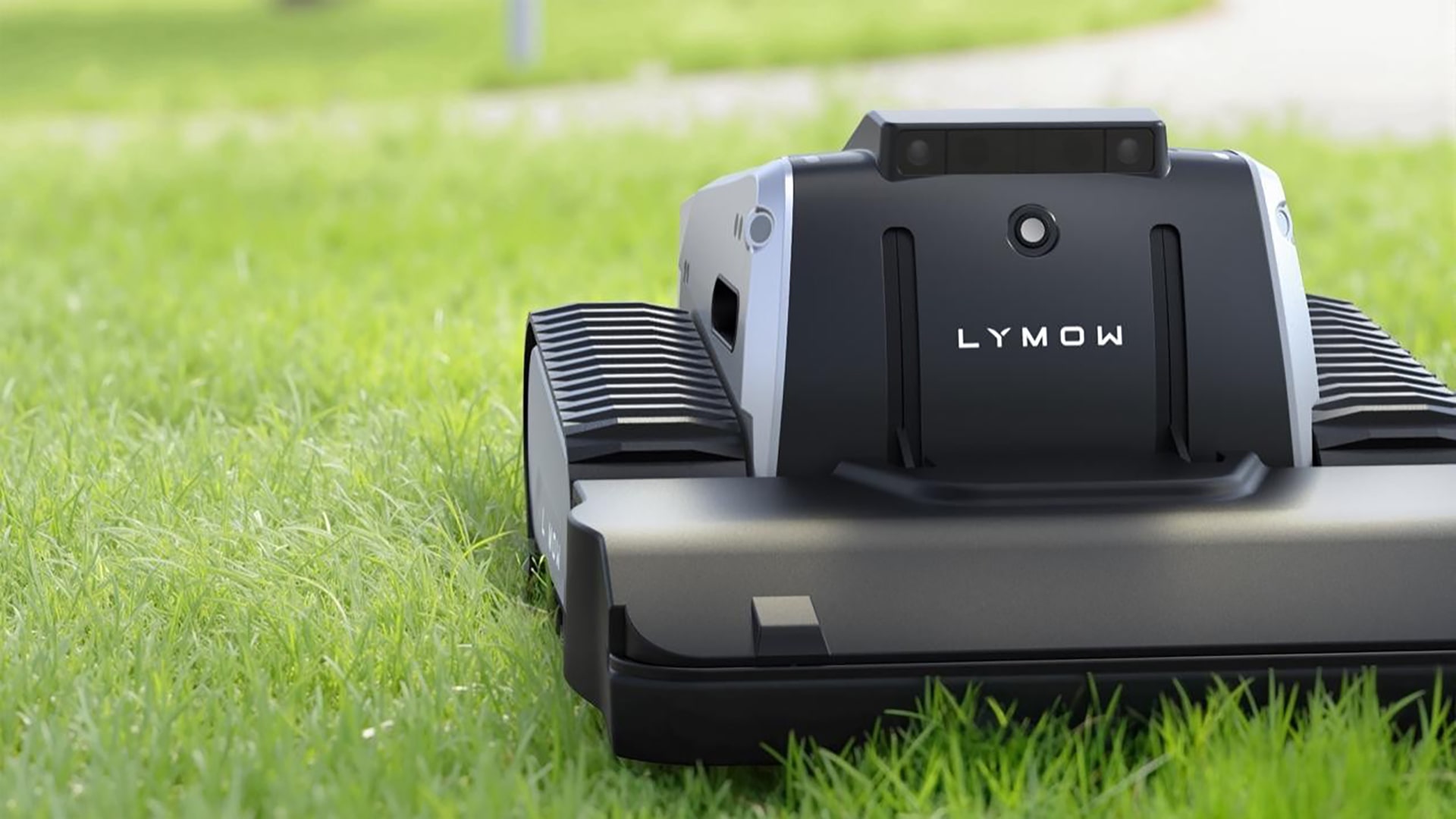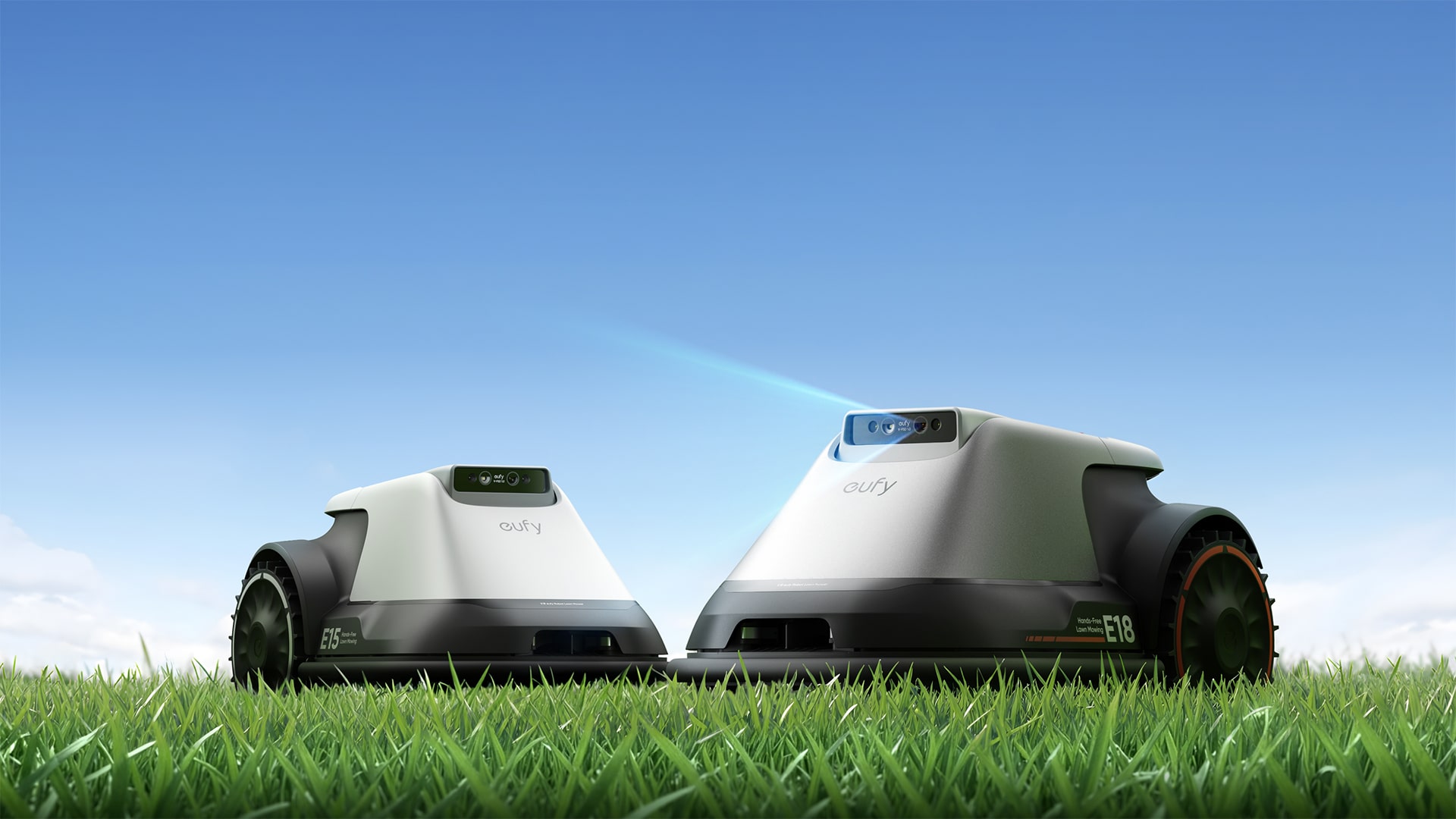Some go bankrupt. Others go public.
In early May, Oasa, a Chinese startup that made lawn mowing robots, announced its closure. By the end of the month, Ledong Robotics (LDRobot), a company specializing in visual perception systems and robotics, filed for an IPO on the Hong Kong Stock Exchange, revealing that its lawn mowing robot had already sold more than 15,000 units since the start of the year.
Lawn and garden robots, primarily aimed at overseas markets, are emerging as a fast-growing category in the broader smart hardware space. Many expect 2025 to be a breakout year for the sector, but a difficult shakeout is already underway.
Yard robots cover a range of outdoor maintenance tasks, from pool cleaning to snow removal and lawn mowing, primarily targeting households in Europe and North America. Take lawn mowing robots: according to China Insights Consultancy (CIC), there are around 250 million yards globally in 2024, with households typically mowing two to three times per month. Rising labor costs are pushing more consumers toward efficient, automated solutions.
Global sales of smart lawn mowing robots reached 383,500 units in 2024, per CIC, generating RMB 6.1 billion (USD 854 million) in revenue. This represented less than 2% of the overall global lawn care equipment market. If smart mowing robots were to fully replace traditional mowers and earlier-generation robotic models, market penetration could rise to 17%, with the total addressable market exceeding RMB 300 billion (USD 42 billion).
Starting 2022, companies began entering the category en masse. Positec, a Chinese electric tool manufacturer, completed a USD 250 million equity financing round in 2024, doubling down on its smart mowing robots and electric-powered commercial landscaping tools. Leading hardware makers including Ecovacs, Segway-Ninebot, Dreame, and Agilex Robotics have also invested heavily in search of a second growth engine. Meanwhile, startups like Hanyang Robotics, Suntop, Lymow, and Mowrator have each raised capital.

After several years of R&D, these robots are moving into mass production, with shipments rising steadily.
Companies exceeding 10,000 units in sales tend to have advantages in technology, distribution, and branding:
- In February, Dreame announced it had shipped more than 100,000 lawn mowing robots.
- Segway-Ninebot disclosed in its 2024 annual report that revenue from mowing robots reached RMB 861 million (USD 120.5 million), with its Navimow robot used in 100,000 households globally.
- Ecovacs’ 2024 report showed overseas revenue and unit sales for lawn mowing robots had risen 186.7% and 271.7% year-on-year, respectively. Its shipments are believed to have reached around 40,000 units last year.
- Agilex’s sub-brand Mammotion sold 30,000 units across Europe and North America in the same period.
Strong crowdfunding, but manufacturing lags behind
Most smart lawn mowing robots today are boundary-free, meaning they don’t require perimeter wires and can operate autonomously using RTK (real-time kinematic positioning), computer vision, LiDAR (light detection and ranging), or a combination of sensors for mapping and task execution.
This mirrors the evolution of indoor cleaning with robotic vacuums, which transitioned from corded to cordless and from manual to semi-automatic over time.
Smart robotics is the next anticipated leap in this transformation, and one that Chinese hardware firms are pursuing actively. But the path has been tougher than expected. Even major players like Anker Innovations and EcoFlow entered the space only to later retreat. That said, Anker’s smart home brand Eufy officially launched two mowing robots in February this year, signaling a renewed effort in the category.

Crowdfunding remains a common go-to-market strategy for smart hardware, and mowing robots are no exception. A search on Kickstarter shows 16 successfully funded mowing robot projects, eight of which raised over USD 1 million, indicating strong interest.
Still, turning a concept into a widely adopted product is difficult. Among the crowdfunded projects, Heisenberg Robotics and Oasa have already ceased operations. Others have faced complaints about undelivered products or unreliable performance.
Cost is another major hurdle. Outdoor environments are complex and place high demands on sensing and navigation systems. Core components like motors, batteries, positioning systems, and sensors make up the majority of production costs. Navigation, in particular, involves difficult tradeoffs between cost and precision.
For newcomers, a combination of capital, technical know-how, and a strong team is essential. As Suntop founder Hu Yue once noted, reaching scale in this business could require at least RMB 100 million (USD 14 million).
Performance remains mixed. Overseas tech media reviews continue to flag issues around cost-effectiveness, intelligence, and adaptability. At the same time, a price war has already begun. Some boundary-free models are now priced on par with traditional mowers. The technology isn’t mature yet, and the space is already becoming crowded.
Mass production is just the start, survival comes next
Even after mass production begins, lawn mowing robots face ongoing challenges in sales channels and after-sales support.
Outdoor equipment has traditionally been sold offline at big-box retailers or local shops, where shelf space, brand reputation, and service support matter. Established yard tool brands have spent years cultivating these relationships, raising the bar for new entrants. Online sales require different investments: steady ad spending, brand-building, and logistics capabilities, all of which stretch company resources. Turning an innovative product into a lasting business also means setting up robust return and repair systems in key markets.
While the long-term opportunity remains substantial, the sector is clearly entering a period of consolidation. Leading firms are growing shipments, while smaller players lacking resources, technology, or manufacturing expertise are under pressure.
This summer could be a turning point. Like the grass itself, demand for mowing robots is seasonal. Sales peak from March to July, with Amazon Prime Day in July offering a potential lift. After September, demand drops off.
For companies facing both short-term survival and long-term sustainability, the way forward lies in striking a balance between innovation, branding, service quality, supply chain efficiency, and localized operations abroad. Only those who manage that mix will have a real chance of staying in the game—let alone winning it.
KrASIA Connection features translated and adapted content that was originally published by 36Kr. This article was written by Shi Yi for 36Kr.
